“Effective website? Big news!” – you might think. Indeed, every interior designer has a website. Moreover, most of the customers are looking for design services on the Internet. And, of course, we expect the site to bring in new clients and projects.
Unfortunately, the mere fact of having a site doesn’t do the trick. To boost the business, one needs to work on the site constantly. Of course, that is time-consuming. Besides, promotion of the website and advertising requires investing money.
So, how do you create an effective customer-winning website for a design studio? What kind of content do you need to upload to make it work for you and not the other way?
To begin with, you need to realize that you want to create a website for your customers. Not for yourself, friends and family. You need to be focusing on what your target audience wants. What will they be looking for on your site? What questions could they ask? There are a lot of aspects to take into account. But don’t worry — we’ve gathered them here for you in this easy and comprehensive list. So, let’s find out how to create an effective website.
#1. What is Your Unique Offer?

On the main page, most designers choose to talk about their studio, achievements, and experience. That’s certainly a good move to build the trust! However, this is not what the main page is for. Not for an effective website, at least.
The reality is that people come to an interior designer with a certain problem in mind. What they actually want to see on the main page is whether or not the professional can solve it.
Based on this, you must formulate your unique selling offer. It must include the following points:
– What problems do you solve?
– How do you do that?
– What bonuses do the clients get from working with you?
– Why should they choose you and not other designers?
– Let them know that you understand all their fears and anxieties. That is, put yourself into their shoes and talk about them in the first person. Besides, you could express relevant emotions and use their language.
#2. An Effective Website Must Prove Your Words with Results and Numbers
So, does the client understand how you can be of use to him? Do they see that you get them? Perfect! You are on the right path to creating an effective website. Now, visually present the benefits of your work.
2.1. Show Examples of Your Best Projects

How can an interior designer showcase their best works? For instance, publish images of the interior before and after your intervention. That would certainly make an impact! If, for some reason, you don’t have any, use 3D interior design rendering services.
As you are probably aware, a high-quality architectural visualization rendering can make even more impact than a photo. First of all, it features the design in a certain atmosphere, for example, with casual and emotional details (a cat on the sofa, a selection of magazines, or a bouquet on the glass coffee table). Secondly, the process is way easier to organize than a professional photoshoot.
2.2. Use Figures and Statistics

They always work to your advantage! Simple and effective. You might want to display the following categories:
– total number of projects
– the number of projects done in every style
– how many customers turned to your services again.
#3. What Do Your Clients Say About You
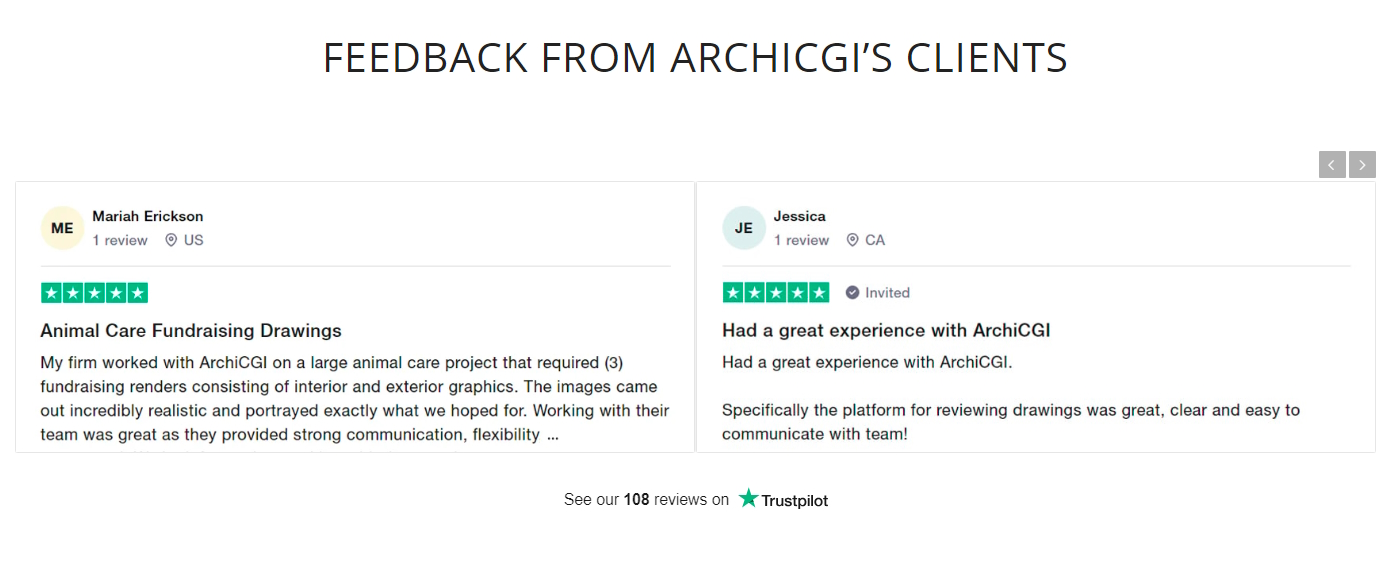
Collect reviews from your customers and display them on the main page of your website. But beware: The Internet is full of fake customer feedback! People detect them quite easily. For that reason, this type of content is often dismissed. Moreover, people might actually feel betrayed and leave the site. To avoid this, post reviews from real people!
Have you worked with a celebrity? Perfect! Then get a review. And, most importantly, place it at the very beginning. This will increase your trustworthiness among potential clients. An interior designer who works with famous people is a star of a kind as well.
#4. A Well-Made Effective Website Must Call to Action
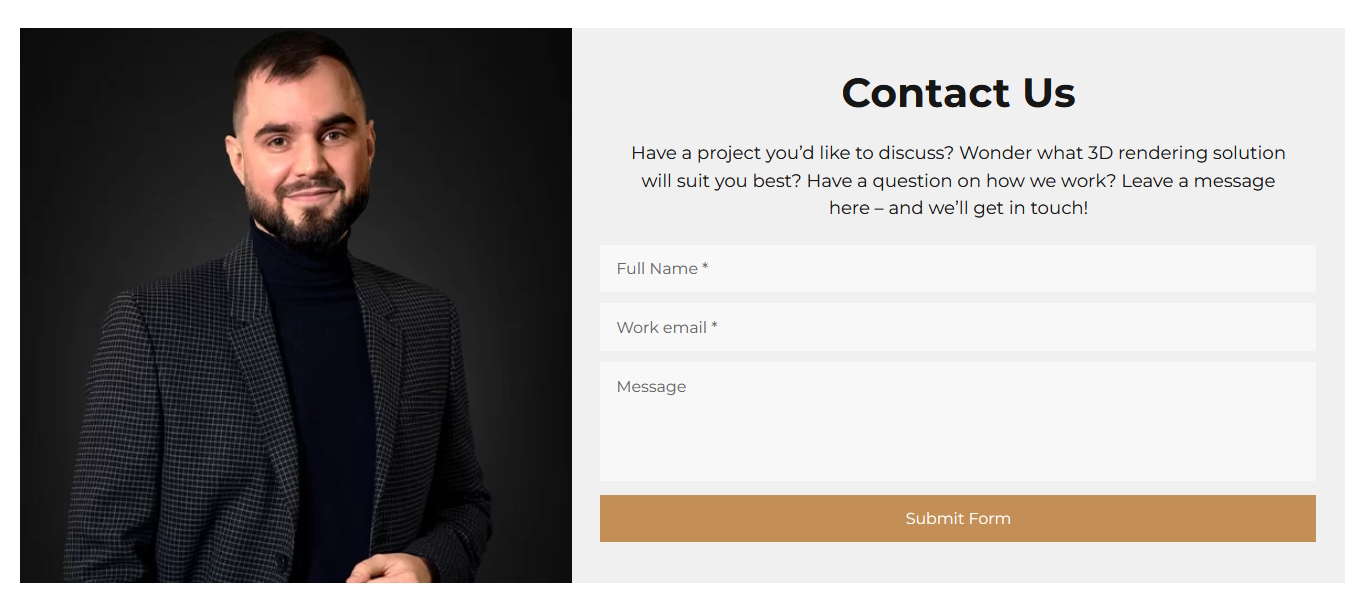
At this stage, the client is interested, and they trust you. What’s next? An effective website contains a call to action! You must formulate exactly what you want from them.
On the main page, place a button or a form to fill in. Write what exactly you want from the customer: submit an application, for example.
Or place your contact number and ask to call in order to arrange a meeting.
#5. Present Yourself

At this point, the customer knows how you can solve his problem. Now is the perfect time to talk about yourself a little. That is, present yourself to those interested who still have some doubts. Most importantly, introduce yourself and outline your biography with relevant moments. To illustrate – add your photo and the photo of your team. In addition, specify the area of your expertise and write about your experience.
Place this information in a separate category – “About”.
#6. Do Not Forget to Mention Your Achievements
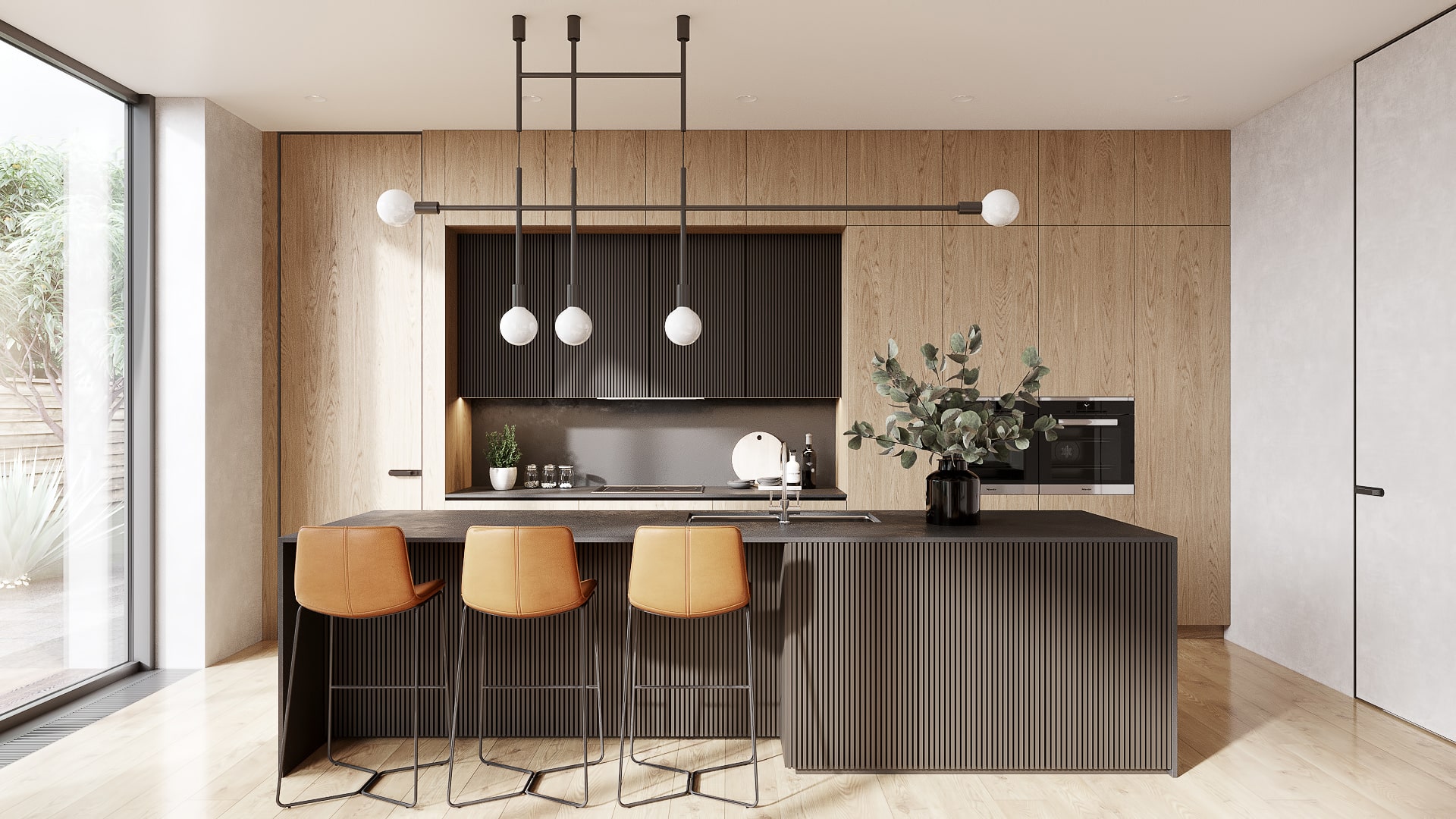
Do you have publications in interior design magazines? Have you appeared on design TV shows? Include this information on your site! Attach a link to the magazine or video.
Additionally, information about awards received in design competitions or places you held in designer rankings will also help an interior designer build trust with potential clients.
The more persuasive you are, the more effective your website is.
#7. One of the Main Secrets of an Effective Website is a Spectacular Portfolio
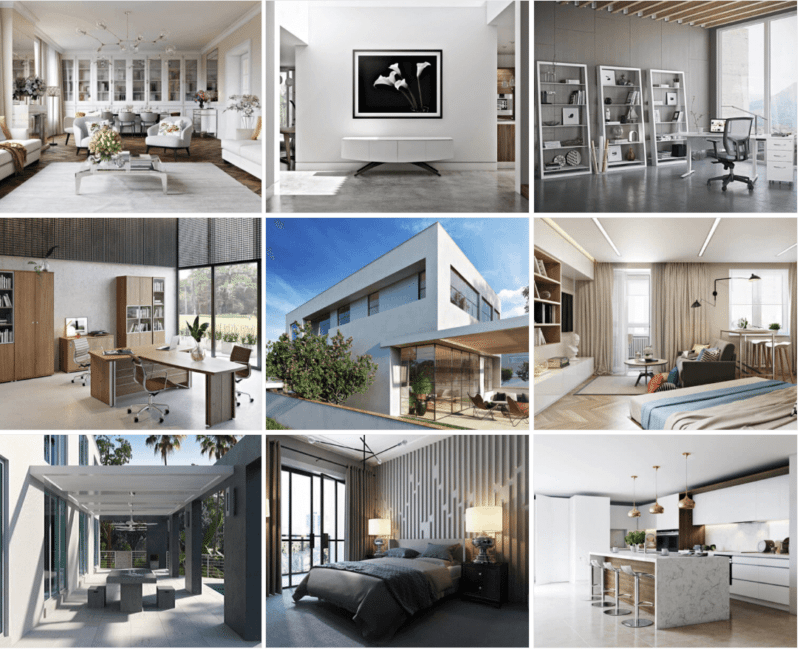
Sounds obvious, but still – extremely important. Based on the quality of your work, the person will decide whether you are the right designer for their interior. A truly effective website cannot miss this aspect!
The number of projects in your portfolio will say how experienced you are and whether you are in demand.
Are you just starting a business in interior design? Not a problem! One of the perks of a designer profession is that you can fill it with 3D photorealistic visualization. This way, 3D design tools will showcase your professionalism just as efficiently!
Moreover, you don’t have to do that yourself. ArchiCGI will gladly help!
#8. Make Your Site Useful for Clients!
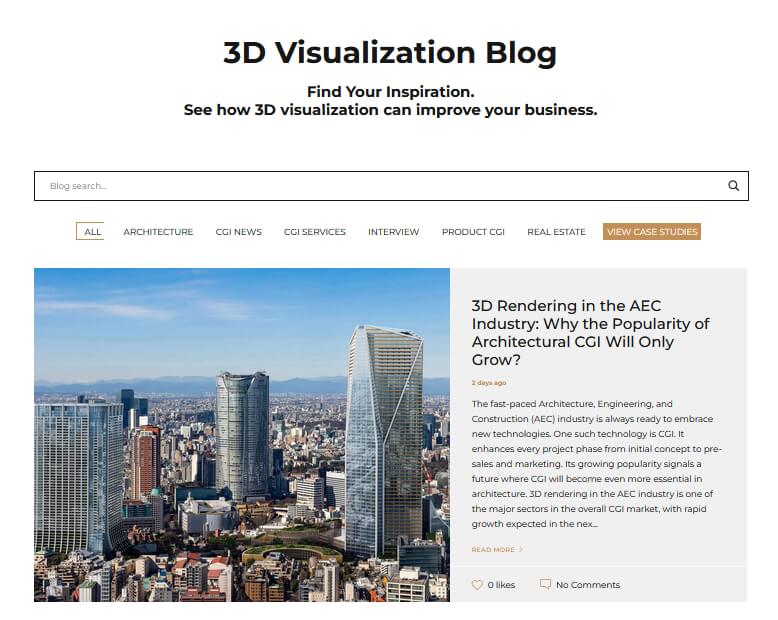
Of course, you want to get immediate results – new customers and orders. That’s probably why you wanted to have an effective website in the first place. But you must look further in the future. The trick is to let customers know you even before they need your services. This way, they’ll think of you once they have a project to design or when looking for ideas. As a result, you’ll always be a step ahead of your competitors! And you can achieve that by being useful to your audience. For instance, you can create a blog. Fill it regularly with your unique articles. They might contain useful tips, selections, and design ideas.
To conclude, an effective website is a powerful tool that works to your advantage. First of all, it presents you and your services 24 hours a day, 7 days a week. This way, an effective website enables you to communicate with the target audience. It catches their attention and encourages them to choose you over your competitors.
Showcase your architectural project like a true work of art, brought to life with cutting-edge AI-powered CGI technology.
You can be sure you get quality CGI services. Just fill out the Technical Assignment, and we will get to work. As a result, you will receive beautiful photorealistic 3D visualization projects. And if you insist on confidentiality, we can sign a NDA! We can be as modest and discreet as we are effective.
ArchiCGI studio wishes you to always be a step ahead of your competition!

Irma Prus
Content Writer, Copywriter
Irma writes articles and marketing copy for ArchiCGI. Her dream is that more people discover the power of CGI for architecture. Irma is into neuromarketing, ruby chocolate and Doctor Who series.




Comments
Elton